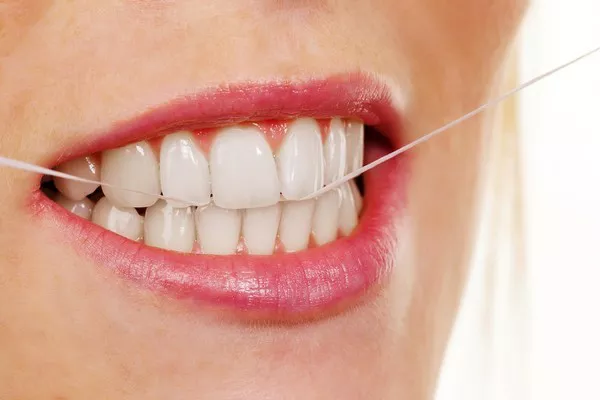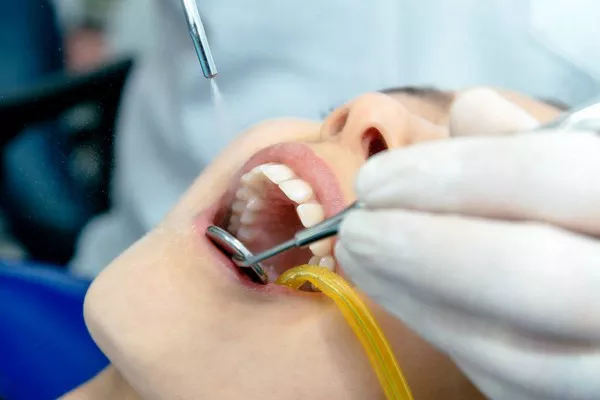Is it Bad to Use Whitening Strips Everyday?
Having a bright, white smile is something that many people desire. It can boost self-confidence and improve overall appearance. One popular method for achieving this is through the use of whitening strips. These thin, flexible strips are coated with a bleaching agent and are placed over teeth for a certain amount of time, usually around 30 minutes.
While whitening strips can be an effective way to whiten teeth, there has been some concern about the potential risks associated with using them on a daily basis. In this article, we will explore the benefits and drawbacks of using whitening strips every day, as well as examine some alternative whitening methods.
The Benefits of Using Whitening Strips
Whitening strips have become a popular means of achieving a brighter smile due to their convenience and effectiveness. They are relatively easy to use, require no special equipment, and can be completed in the comfort of one’s own home.
Whitening strips work by exposing teeth to a bleaching agent, usually hydrogen peroxide or carbamide peroxide, which penetrates the enamel and breaks down stains. By using these strips daily, users can see a noticeable improvement in the shade of their teeth over time.
Another benefit of using whitening strips regularly is that they can help to remove surface stains from teeth caused by food, drink, and tobacco use. This can lead to an overall improvement in oral hygiene, as users may be more conscious of their habits and make efforts to improve them.
The Drawbacks of Using Whitening Strips Every Day
While whitening strips can be an effective means of improving the appearance of teeth, there are some potential drawbacks to using them on a daily basis.
One primary concern is that excessive use of whitening strips can cause tooth sensitivity. The bleaching agent used in these strips can irritate the nerves inside the teeth, leading to discomfort when consuming hot or cold foods and drinks.
Additionally, long-term use of whitening strips can lead to enamel erosion. This is because the bleaching agent used in these strips breaks down the proteins in enamel, making it thinner and weaker over time. Once enamel is lost, it cannot be replaced, leaving teeth more susceptible to decay and sensitivity.
Finally, using whitening strips too frequently can also cause gum irritation. The bleaching agent can burn or irritate the sensitive tissue surrounding teeth, leading to discomfort and even bleeding in some cases.
Alternative Whitening Methods
For those who are concerned about the potential risks associated with daily use of whitening strips, there are several alternative methods for achieving a brighter smile.
One popular option is professional teeth whitening, which involves a dentist or dental hygienist applying a stronger bleaching agent to teeth. This method is generally considered safe, but can be more expensive and time-consuming than using whitening strips at home.
Another option is using natural whitening agents such as baking soda, lemon juice, or activated charcoal. While these methods may not be as effective as whitening strips or professional treatments, they can be a safer and more natural alternative for those who are wary of using chemical bleaching agents on their teeth.
Conclusion
While using whitening strips every day can lead to a brighter, more confident smile, it is important to be aware of the potential risks associated with this practice. Tooth sensitivity, enamel erosion, and gum irritation are all possible side effects of daily use, so it is important to follow instructions carefully and limit use to avoid these issues.
For those who are concerned about the potential risks of whitening strips, there are several alternative methods available. Professional teeth whitening and natural whitening agents can provide similar results without the potential risks associated with daily use of chemical bleaching agents.
Related Topics:
































